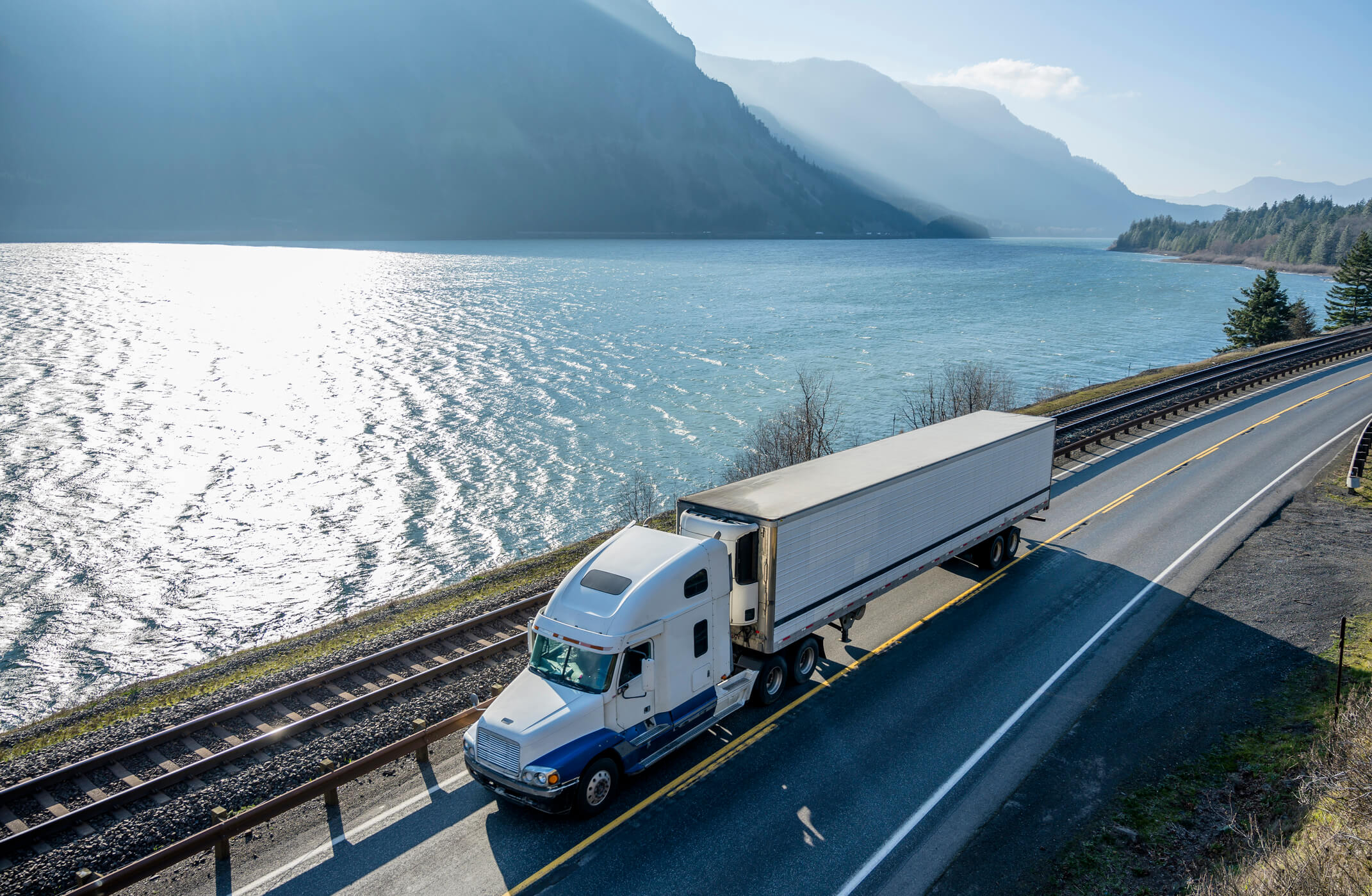Trucking Through History: Milestones and Landmarks of the Industry
Welcome aboard as we embark on a journey through the rich tapestry of trucking history. From humble beginnings to the modern marvels of transportation, the trucking industry has undergone remarkable evolution, shaped by significant milestones, iconic vehicles, and pivotal regulatory changes. Join us as we traverse the highways of time and explore the fascinating story of trucking.
The Early Days: Our journey begins in the late 19th century when the horse-drawn wagon gave way to the first mechanical trucks. In 1896, German engineer Gottlieb Daimler unveiled the world’s first truck, ushering in a new era of freight transportation. These early trucks were rudimentary compared to today’s giants, but they laid the foundation for the industry’s future growth.
The Rise of Commercial Trucking: As the 20th century dawned, the demand for efficient freight transportation surged alongside industrialization. In 1913, the Federal Highway Act laid the groundwork for a national road network, paving the way for the expansion of trucking routes across the United States. With the advent of mass production and the rise of consumerism, trucks became indispensable in delivering goods to every corner of the country.
Iconic Vehicles: No journey through trucking history would be complete without paying homage to iconic vehicles that captured the imagination of generations. From the rugged Ford Model TT to the sleek Chevrolet Apache, each truck tells a story of innovation, durability, and the relentless pursuit of excellence. Whether hauling goods through snow-capped mountains or navigating bustling city streets, these legendary vehicles left an indelible mark on the industry.
Regulatory Milestones: The evolution of the trucking industry has been shaped not only by technological advancements but also by regulatory reforms aimed at enhancing safety, efficiency, and environmental sustainability. In 1935, the Motor Carrier Act established federal oversight of interstate trucking, laying the foundation for modern regulations governing licensing, insurance, and safety standards. Subsequent legislation, such as the Federal-Aid Highway Act of 1956 and the Clean Air Act of 1970, further transformed the industry, paving the way for safer vehicles and cleaner emissions.
The Modern Era: Today, the trucking industry stands at the forefront of global commerce, powering economies and connecting communities like never before. With the advent of cutting-edge technologies such as GPS tracking, telematics, and autonomous driving systems, trucks have become smarter, safer, and more efficient than ever. Moreover, the industry continues to adapt to evolving challenges, from the demand for sustainable transportation solutions to the rise of e-commerce and the gig economy.
As we conclude our journey through trucking history, we’re reminded of the industry’s resilience, innovation, and enduring legacy. From its humble beginnings to its present-day prominence, trucking has played a vital role in shaping the world we live in. As we look to the future, one thing remains certain: the spirit of adventure and ingenuity that propelled trucking through the annals of history will continue to drive its evolution for generations to come. So, here’s to the open road and the countless miles yet to be traveled. Safe travels, and may the journey always be as rewarding as the destination.

Seashore transportation is a transportation staple in La Porte Texas.



